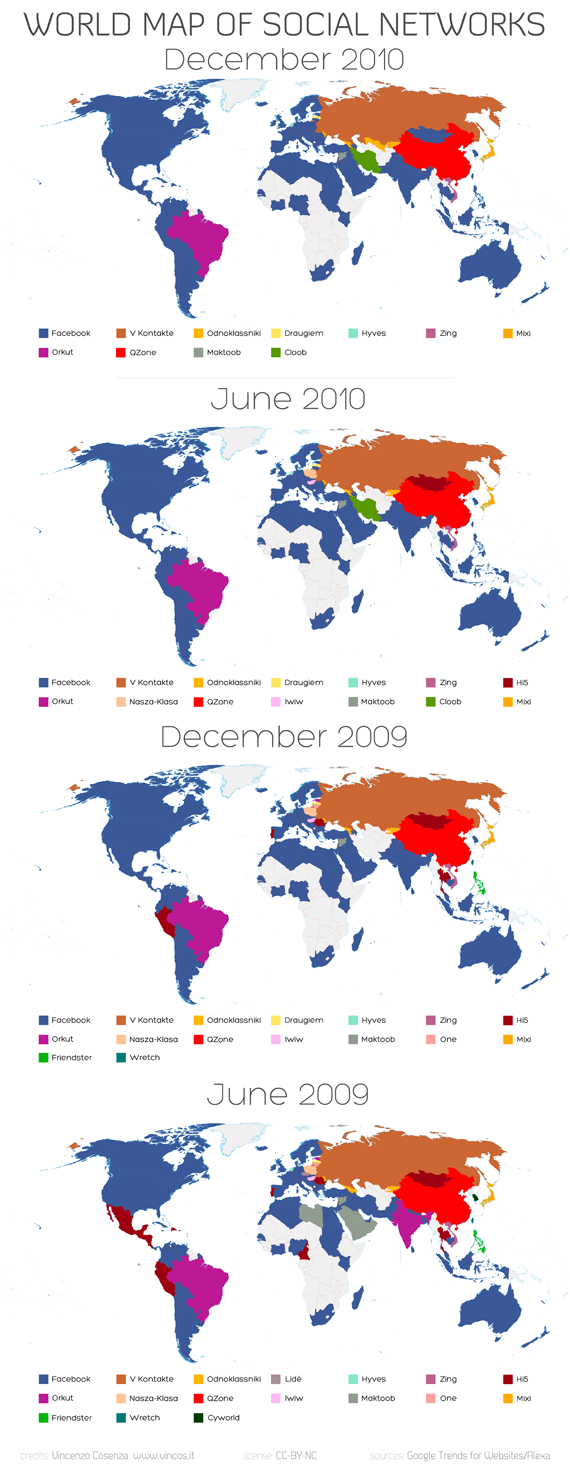
Getty Images 
THE population of bugs in a Petri dish typically increases in an S-shaped curve. To start with, the line is flat because the colony is barely growing. Then the slope rises ever more steeply as bacteria proliferate until it reaches an inflection point. After that, the curve flattens out as the colony stops growing.

THE population of bugs in a Petri dish typically increases in an S-shaped curve. To start with, the line is flat because the colony is barely growing. Then the slope rises ever more steeply as bacteria proliferate until it reaches an inflection point. After that, the curve flattens out as the colony stops growing.
Overcrowding and a shortage of resources constrain bug populations. The reasons for the growth of the human population may be different, but the pattern may be surprisingly similar. For thousands of years, the number of people in the world inched up. Then there was a sudden spurt during the industrial revolution which produced, between 1900 and 2000, a near-quadrupling of the world's population.
Numbers are still growing; but recently—it is impossible to know exactly when—an inflection point seems to have been reached. The rate of population increase began to slow. In more and more countries, women started having fewer children than the number required to keep populations stable. Four out of nine people already live in countries in which the fertility rate has dipped below the replacement rate. Last year the United Nations said it thought the world's average fertility would fall below replacement by 2025. Demographers expect the global population to peak at around 10 billion (it is now 6.5 billion) by mid-century.
As population predictions have changed in the past few years, so have attitudes. The panic about resource constraints that prevailed during the 1970s and 1980s, when the population was rising through the steep part of the S-curve, has given way to a new concern: that the number of people in the world is likely to start falling.
The shrinking bits
Some regard this as a cause for celebration, on the ground that there are obviously too many people on the planet. But too many for what? There doesn't seem to be much danger of a Malthusian catastrophe. Mankind appropriates about a quarter of what is known as the net primary production of the Earth (this is the plant tissue created by photosynthesis)—a lot, but hardly near the point of exhaustion. The price of raw materials reflects their scarcity and, despite recent rises, commodity prices have fallen sharply in real terms during the past century. By that measure, raw materials have become more abundant, not scarcer. Certainly, the impact that people have on the climate is a problem; but the solution lies in consuming less fossil fuel, not in manipulating population levels.
Nor does the opposite problem—that the population will fall so fast or so far that civilisation is threatened—seem a real danger. The projections suggest a flattening off and then a slight decline in the foreseeable future.
If the world's population does not look like rising or shrinking to unmanageable levels, surely governments can watch its progress with equanimity? Not quite. Adjusting to decline poses problems, which three areas of the world—central and eastern Europe, from Germany to Russia; the northern Mediterranean; and parts of East Asia, including Japan and South Korea—are already facing.
Think of twentysomethings as a single workforce, the best educated there is. In Japan (see article), that workforce will shrink by a fifth in the next decade—a considerable loss of knowledge and skills. At the other end of the age spectrum, state pensions systems face difficulties now, when there are four people of working age to each retired person. By 2030, Japan and Italy will have only two per retiree; by 2050, the ratio will be three to two. An ageing, shrinking population poses problems in other, surprising ways. The Russian army has had to tighten up conscription because there are not enough young men around. In Japan, rural areas have borne the brunt of population decline, which is so bad that one village wants to give up and turn itself into an industrial-waste dump.
A fertile side-effect
States should not be in the business of pushing people to have babies. If women decide to spend their 20s clubbing rather than child-rearing, and their cash on handbags rather than nappies, that's up to them. But the transition to a lower population can be a difficult one, and it is up to governments to ease it. Fortunately, there are a number of ways of going about it—most of which involve social changes that are desirable in themselves.
The best way to ease the transition towards a smaller population would be to encourage people to work for longer, and remove the barriers that prevent them from doing so. State pension ages need raising. Mandatory retirement ages need to go. They're bad not just for society, which has to pay the pensions of perfectly capable people who have been put out to grass, but also for companies, which would do better to use performance, rather than age, as a criterion for employing people. Rigid salary structures in which pay rises with seniority (as in Japan) should also be replaced with more flexible ones. More immigration would ease labour shortages, though it would not stop the ageing of societies because the numbers required would be too vast. Policies to encourage women into the workplace, through better provisions for child care and parental leave, can also help redress the balance between workers and retirees.
Some of those measures might have an interesting side-effect. America and north-western Europe once also faced demographic decline, but are growing again, and not just because of immigration. All sorts of factors may be involved; but one obvious candidate is the efforts those countries have made to ease the business of being a working parent. Most of the changes had nothing to do with population policy: they were carried out to make labour markets efficient or advance sexual equality. But they had the effect of increasing fertility. As traditional societies modernise, fertility falls. In traditional societies with modern economies—Japan and Italy, for instance—fertility falls the most. And in societies which make breeding and working compatible, by contrast, women tend to do both.














